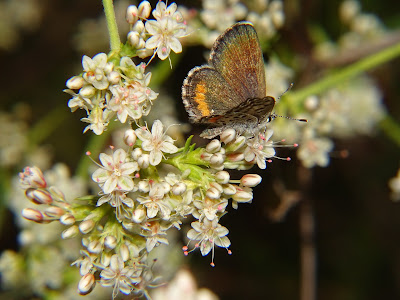Birds:
- Camera Mode: Aperture Priority
- Aperature: Lowest Number Available, 6.3 at 50x zoom
- Focus: MF
- MF Assist: Off
- High ISO NR: Normal
- White Balance: Auto
- DRO/Auto HDR: D-Range Optimizer Auto
- Creative Style: Vivid
- Focus Area: Center
- ISO: ISO Auto
- Exposure Comp: Set to CUSTOM button change as needed.
- Metering Mode: Spot
- Drive Mode: Cont. Bracket, or Continuous Shooting
- Image Size: 20M
- Aspect Ratio 4:3
- Quality: Fine
- GPS: On
- Flash: Off
The only deviation from the above I found helpful was to turn on the MF Assist if taking a picture of a really stationary bird. It lets you get a perfect focus, but in most cases it is just too slow, resulting in a missed photo.
Insects:
- Camera Mode: Manual Exposure or Memory Recall
- Aperature: Highest Number Available, 8.0
- Focus: MF
- MF Assist: On
- High ISO NR: Normal
- White Balance: Auto
- DRO/Auto HDR: Off
- Creative Style: Standard
- Focus Area: Center
- ISO: 80
- Exposure Comp: NA
- Metering Mode: Multi
- Drive Mode: Single
- Image Size: 20M
- Aspect Ratio 4:3
- Quality: Fine
- GPS: On
- Flash: On
I almost always use a +2 or +4 macro filter for insects.The only exceptions are fast moving insects like butterflies or dragonflies which are easier to photograph following the settings for birds. This makes it possible to zoom in impossibly close and catch details which otherwise cannot be seen.

















